Milan, Italy: Everything You Need To Know
Milan, capital of the Lombardy region, is the wealthiest city in Italy. Home to the Italian stock exchange. It is the financial and commercial capital of the country. Also, it’s the third-largest economy in Europe, after Paris and Madrid.
With a population of 1.4 million in the city center and another 2 million or so in the suburbs, Milan is the second-most populous city in Italy (after Rome). It’s got the fourth largest urban area in the EU, even reaching into Switzerland.
Modern by European standards, much of the city of Milan was built after the devastation of WWII.
The historic architecture is a delightful surprise you might find around any corner. In fact, most of the modern construction in the city center takes its inspiration from classical and neoclassical styles.
Milan is home to soaring glass skyscrapers that defied engineering at the time of their construction…
Also, Milan is home to the tallest tower in Italy… and to Da Vinci’s Last Supper… And of course, a must-see in Milan is the Duomo—a gothic masterpiece that took nearly six centuries to complete.
Milan is a comfortable home to both the uber-modern and to the centuries-old… nothing here seems out of place. Blending old and new, this city is perfect for those looking for modern conveniences in Europe, where they can often be lacking.
The city has a modern transportation system that connects almost all areas of Milan, as well as its airports, with a combination of subway lines, trams, and buses.
Milan Malpensa Airport is the largest international airport in northern Italy so you can travel around Europe or back home with ease.
Retirement In Milan, Italy
Milan has the hustle and bustle of New York—it’s fast-paced, business-minded, international, and chaotic. It’s also jokingly said to be home to more foreigners than locals, much like Manhattan.
But it’s got the beauty, the respect for culture and history, and the appreciation for fine things that Paris has. With centuries-old architecture, world-class works of art, and the decorum that’s typical of Europe, it seems to offer the best of both worlds.
With all the international finance and industry, Milan is full of expats, most of whom are working in the city. There are also lots of foreign students attending the city’s universities.
There’s a joke in Italy that no one is actually from Milan… not even the Italians who live there. The city is said to be home to over 200,000 foreign residents, and a recent study showed that one in five residents was from elsewhere.
All that in mind, it shouldn’t be surprising that Milan’s population is multicultural and diverse. No matter who you are, you’re sure to find a group of folks to identify with.
Milan has it all. Food, culture, opera, sports, fashion and much more. This is a city with centuries of history that has remained at the forefront of the modern world.
The best neighborhoods are found around the Duomo district. Duomo is the historic heart of Milan dominated by medieval buildings.
Brera, to the north of Duomo is the artistic hub of Milan. This elegant neighborhood is one of the most romantic parts of the city. The winding streets are home to boutique stores, farmers markets, restaurants, bars, and cafés.
Brera is completely pedestrianized making it perfect for navigating on foot. This is right in the center of Milan, and you can easily take public transport from here to anywhere in the city.
To the south of Duomo is the Navigli area. The region is famous for its canals and waterways, which date back to Da Vinci’s time. This is Milan’s bohemian district. Lots of excellent restaurants and bars line the canals in Navigli and it is a popular spot for people to gather.
Cost Of Living In Milan, Italy
If you’re looking to reduce your costs overseas, Milan probably isn’t the place for you. However, if budget isn’t a concern for you, then Milan offers an exceptional lifestyle.
In fact, it’s been ranked as having the second-best quality of life in Italy. A playground for those who enjoy design, fashion, and art, this city is a treat for the senses in every aspect.
Let’s take a closer look at the cost of living in Milan.
Things To Do In Milan, Italy
Milan, Italy, is an industrial and economic hub in Europe. On the other hand, the city is not just for business… it attracts tourists and pleasure seekers just as strongly, and caters to them with luxury hotels, lux shopping, and fine dining—it’s the fifth-most starred city in the world by Michelin Guide.
Shopping in Milan is a delight, with countless shops offering anything you can think of. There are plenty of high-end stores that are worth window shopping in even if they’re out of budget, but also plenty of affordable options.
Those who love culture and history will delight in all the city has to offer.
Five Must-Sees In Milan
Safety In Milan, Italy
In general, Milan is a safe city, but you need to be aware of pickpockets.
Some neighborhoods outside the city should be avoided. At night, be vigilant in the areas around Loreto, Central station, and Porto di Mare.
Health Care In Milan, Italy
People tend to eat better in Italy. The Mediterranean diet has long been recognized as one of the healthiest in the world. Expats and retirees tend to move to a better diet in Italy by necessity.
Partly because their favorite unhealthy snacks are no longer available. Partly because of how good the fresh local produce is.
Italy is a regular in the WHO top 10 rankings of countries with the best healthcare in the world.
The hospitals are clean and modern with all the latest equipment.
In Milan, you’ll easily source an English-speaking doctor through local expat groups. The city has a wide range of hospitals, clinics, and medical centers catering to all treatments and services.
Most expats choose to have private healthcare. The standard is very high but so are the prices. Health insurance in Italy is a must if you are going to go private.
Visa And Residency Information For Milan, Italy
Expats may require different permits depending on how long they wish to stay in Italy, and where they come from. EU citizens don’t require a visa to enter Italy, despite planned duration of stay.
All non-EU citizens need to apply for a visa if they plan to stay more than 90 days.
Types of Italian Visas
Schengen Visa/Tourist Visa (Dichiarazione di Presenza)
A Schengen short-stay visa entitles the holder to visit all the countries inside the Schengen Area.
This type of visa lasts for 90 days and is stamped on arrival. Even so, it is important to keep a copy of the stamped receipt. Requirements include showing proof of return (a round-trip plane ticket for 90 days or less).
Tourists arriving from a Schengen country should request the declaration within eight days of arrival. You can get it at the local police station. If you are staying at a hotel, the staff can supply and submit the declaration on check-in.
After you receive this visa, you won’t be able to apply for another Schengen visa in another 180 days since the day you receive it.
Permit of Stay (Permesso di Sogiorno)
This Visa is intended for citizens outside the Schengen area that wish to stay in Italy for more than three months.
Depending on the case, you can get either six months to two years. It is renewable, and it can last for a maximum of five years. After that, you apply for a permanent visa.
EC Long-Term Residence Permit (Permesso di Soggiorno per Soggiornanti di Lungo Período, S.L.P.)
Italy’s permanent resident visa. You need at least five years of living in Italy to apply for it. Also, you can file for application through postal service, or at a designated Municipal Office.
The EC long-term residence permit entitles you to enter Italy without a visa; work; enjoy social benefits services; and participate in local public life.
The Police State Office (Polizia di Stato) has a detailed information about the Italian visa.
You cannot apply for an EC Residence on the following grounds:
Weather In Milan, Italy
Italy has a Mediterranean climate and enjoys four seasons, though they are not extreme seasons.
In Milan, summers are hot and humid with July being the hottest month—reaching 87°F. Winters can be cold with temperatures in January falling to 30°F.
Fall and Spring tend to be the wettest time of the year, but temperatures are comfortable.








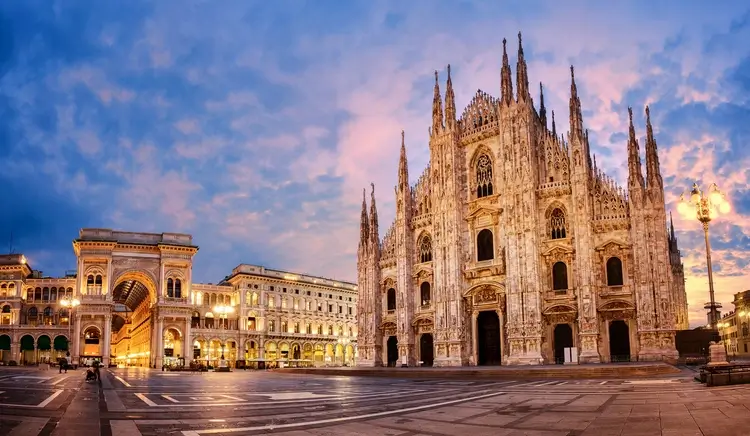






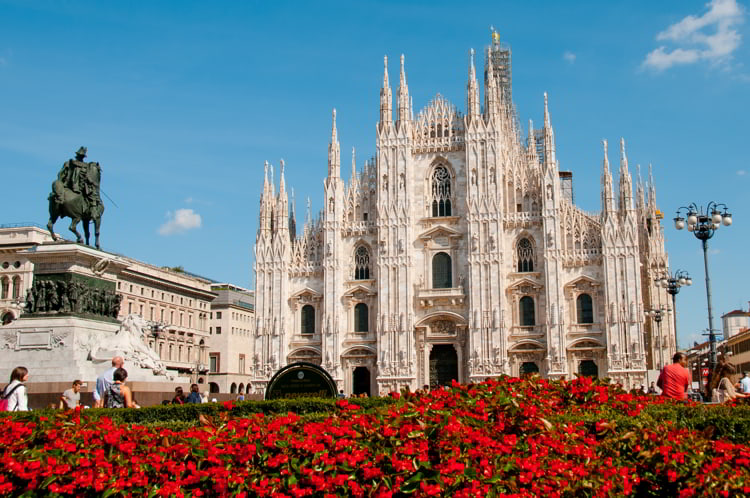
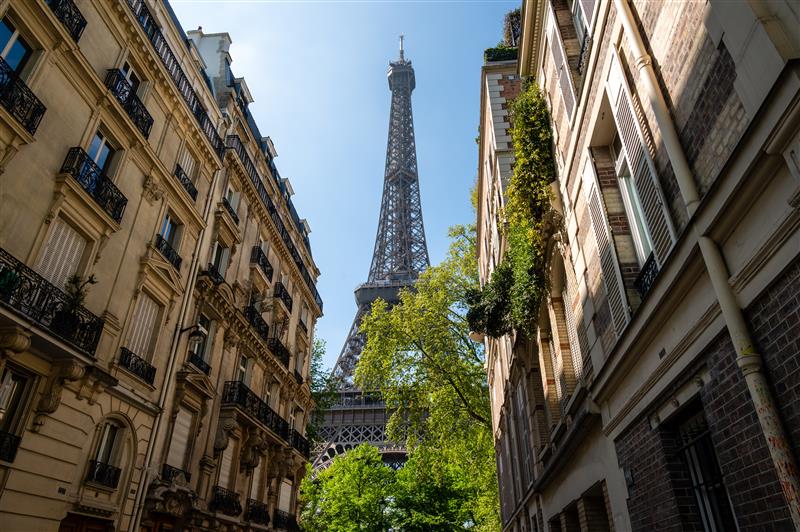 . '
. '
 . '
. '
 . '
. '
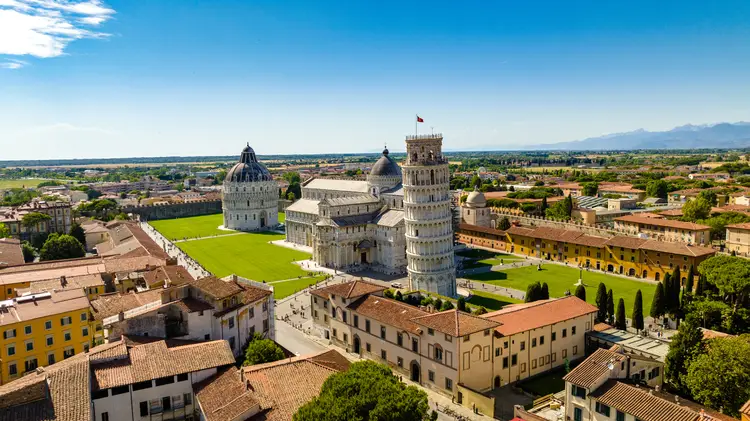 . '
. '
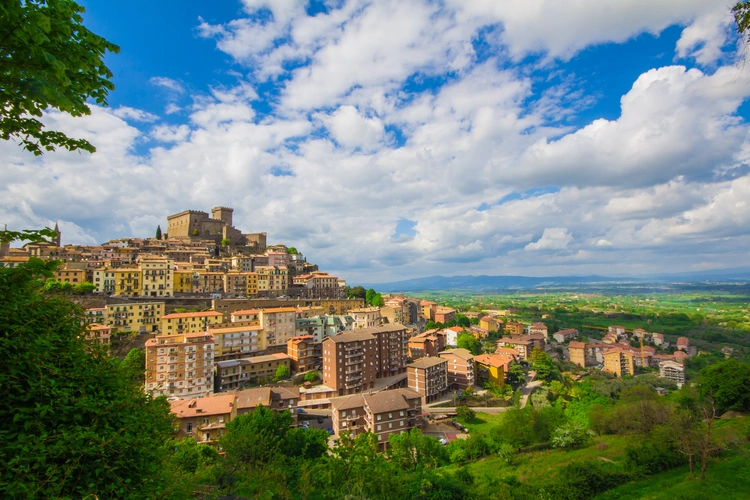 . '
. '







